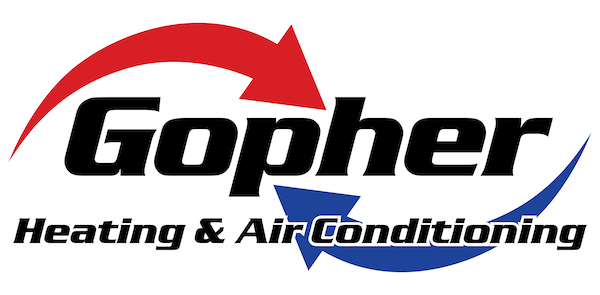
A furnace is often a background player at home, helping keep you warm across the cold winter months. It frequently isn't noticed until a malfunction appears.
One source could be that your furnace has a cracked heat exchanger. It’s a potentially dangerous issue, so it’s important to know the signs of a cracked heat exchanger and what to do if you suspect that is the problem.
What Is a Heat Exchanger in a Furnace?
A heat exchanger helps transition heat from the combustion chamber of your furnace to the air that moves inside the air ducts. It usually does this with coils or tubes that heat the air while acting as a barrier to keep gas created in the combustion chamber, called flue gasses, from leaking out into your home.
Is a Cracked Heat Exchanger Dangerous?
Given its important role, it shouldn't come as a surprise that a broken heat exchanger can be very dangerous. A damaged heat exchanger can allow dangerous gasses – like carbon monoxide, which can be lethal – to circulate through your home.
For this reason, never turn on your furnace if you think you're dealing with a cracked heat exchanger, as doing so could make the entire household sick. Contact an HVAC professional immediately if you are worried your heating has a cracked heat exchanger that needs repair.
Four Symptoms of a Cracked Heat Exchanger:
- Furnace turns off: A cracked heat exchanger could cause your furnace to turn off.
- Unusual Smells: If the air coming out of your furnace has a powerful chemical scent, it might be a sign gas is seeping through cracks in your heat exchanger. These gasses, which may smell like formaldehyde, are a significant warning sign.
- Carbon monoxide alarm is triggered or you recognize symptoms of poisoning: If a cracked heat exchanger is emitting carbon monoxide inside your home, your carbon monoxide alarm could go off or family members might struggle with signs of carbon monoxide poisoning. Complications include headaches, dizziness, weakness, nausea, vomiting or feeling sleepy. If your alarm goes off or you feel unwell, exit the home immediately and then call for help.
- Soot: If you notice black sooty accumulating near the exterior of your furnace, it’s an indication something might be seriously wrong.
What You Should Do if the Furnace Heat Exchanger is Cracked
If you believe your furnace has a cracked heat exchanger, contact a pro experienced in furnace installation Savage right away so they can take a look at your system and, if necessary, handle a furnace heat exchanger replacement. Costs often vary depending on the situation, but estimates run in the neighborhood of $1,000 to $3,000.
Estimates aside, the good news is that heat exchangers are generally covered by the warranty. You should review the warranty paperwork on your furnace, as while the warranty may not cover the entire cost of repairs, it can significantly lower your bill.
How to Prevent a Cracked Heat Exchanger in Your Home
One of the most convenient ways to prevent a problem in your furnace overall is through routine furnace maintenance. Furnaces provide the best possible return on investment when they run efficiently. Hiring a trained professional to inspect your furnace for broken-down parts, clogs in the air filters and other likely problems can help you avoid getting a big bill later on.
It’s also beneficial to review your furnace filters every few months – it’s encouraged some filters be replaced every 90 days or sooner if they are dirty or grimy. While the filters aren't connected to the heat exchanger itself, the strain of pulling air through a clogged filter makes your entire furnace work harder to accomplish its job. And the harder your furnace has to work, the more deterioration components like the heat exchanger will experience.



